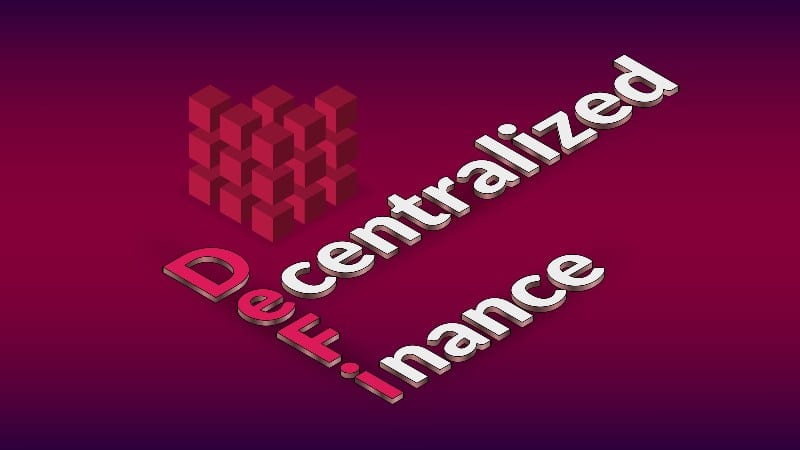Digital asset treasuries reshape corporate balance sheets and strategy

Digital asset treasuries are reshaping how firms hold value. Panels at Token2049 and industry sessions highlighted why on‑chain reserves are now treated as strategic balance‑sheet tools.
Why does this shift toward digital asset treasuries matter?
Firms increasingly view crypto reserves as both a liquidity buffer and a strategic position. Treasuries can deliver yield, speed settlements and capture native network effects.
Meanwhile, auditors and regulators are scrutinizing practices, which pushes custody, reporting and governance to the board agenda.
How does arthur hayes bitcoin prediction affect bitcoin treasury investment strategies?
Public commentary from Arthur Hayes has reignited debate on long‑term Bitcoin allocations. For treasury managers, the takeaway is simple: size exposure prudently and pick custody that supports rebalancing.
Moreover, scenario planning and clear policy limits turn market views into firm governance. See broader coverage on this debate via Reuters.
Do ethereum layer 2 benefits change institutional custody and DATs?
Yes. The ethereum layer 2 benefits—lower fees and faster finality—cut operational costs for treasury tasks.
Consequently, firms can settle tokenized flows quicker and reduce on‑chain friction. Industry sessions at LONGITUDE explored how L2 rails combine with privacy tooling to support operational treasuries; see LONGITUDE highlights.
Which industry voices are shaping the narrative?
Speakers like Joseph Lubin, Neal Stephenson and Stani Kulechov argued that digital asset treasuries are cultural and economic experiments, not just accounting lines.
Accordingly, their perspectives influence both product design and governance models across firms and protocols.
What role do DeFi and traditional rails play — is a stablecoin wire transfer alternative realistic?
DeFi supplies composable building blocks while traditional rails provide regulatory and fiat connectivity. A stablecoin wire transfer alternative is increasingly practical: stablecoins move value faster than wires, though fiat on‑ramps and compliance remain essential for broad adoption.
Therefore, hybrid models that combine regulated fiat corridors with token rails are the likeliest path forward.
 For Senator Warren DeFi and stablecoins are dangerous
For Senator Warren DeFi and stablecoins are dangerous
How does liquidity look on-chain — what does aave net deposits growth reveal?
Rising activity on lending protocols signals deeper on‑chain liquidity. In particular, aave net deposits growth points to larger pools available for short‑term funding and yield.
That said, treasuries using these venues must account for counterparty and smart‑contract risks and adopt rigorous audit and monitoring practices. Learn more about protocol metrics on our Aave coverage here.
- Market depth: improves execution for large trades.
- Yield pools: provide alternative revenue for idle reserves.
- But risk audits and governance reviews remain mandatory.
Can defi infrastructure for banks meet institutional standards?
Several vendors demoed tooling designed to bridge compliance and DeFi. Notably, enterprise stacks include permissioning, audit trails and integration points that help banks assess tokenization.
Still, integration, legal frameworks and governance make adoption a staged process.
What privacy and governance tech matters for treasuries?
Privacy features and governance models are critical. For example, some projects show how to conceal sensitive balances while proving solvency. Others present on‑chain governance that preserves treasury autonomy in turbulent markets.
In practice, teams must balance transparency with confidentiality and document those trade‑offs.
Is SWIFT’s exploration of ConsenSys ethereum developer tools a sign of mainstreaming?
Reports indicate that SWIFT and other incumbents are testing blockchain developer tooling to evaluate modernized settlement approaches. If pursued, such experiments could boost institutional confidence in tokenized treasury strategies.
For enterprise developer tooling and notes on permissioned deployments, see ConsenSys resources at ConsenSys.
How do events like Token2049 and LONGITUDE influence institutional adoption?
Conferences create momentum by bringing together investors, protocol teams and policymakers. Panels accelerate the spread of road‑tested ideas, and working sessions often lead to pilots between fintechs and banks.
Therefore, these forums shape practical roadmaps for treasury programs.
What practical steps should treasury teams consider now?
Treasury teams should adopt a three‑step approach: (1) set exposure limits and scenario plans, (2) choose custody with clear recovery and audit procedures, and (3) run staged liquidity pilots.
In practice, teams that start with narrow pilots and tight change control find integrations less disruptive. Often, firms maintain strategic reserves in institutional cold custody while using L2 liquidity to settle operational flows quickly.
As one participant put it during recent panels, digital asset treasuries blend cultural and economic experimentation with technical engineering; firms must therefore pair innovation with rigorous prudence.
Where can readers find more reporting and technical context?
For continued coverage, explore our Token2049 recap and LONGITUDE highlights on cryptonomist.ch. Also consult protocol documentation and enterprise guidance for technical details.
Our curated resource on ConsenSys enterprise tooling offers a starting point for teams evaluating permissioned deployments: ConsenSys enterprise tooling — cryptonomist.ch.
คุณอาจชอบเช่นกัน

Best Crypto to Buy as Saylor & Crypto Execs Meet in US Treasury Council
Meme Coin Market Soars 10% as Dogecoin, Pepe Rally: Which Tokens Will Explode Next?
